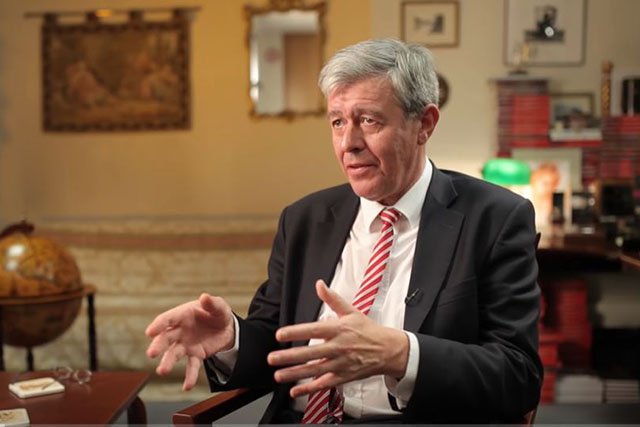Karl Friston, a British neuroscientist, was gaining significant attention in 2018 for his “free energy principle” (FEP), which some were hailing as a potentially revolutionary idea on par with Darwin’s theory of natural selection. At the time, the FEP was presented as a grand, unifying theory that could explain a vast range of phenomena, from the actions of individual neurons to the behavior of entire organisms, and even, excitingly for the field, provide a framework for understanding and building true artificial intelligence.
Here’s an expounding on the FEP based on the knowledge available around November 2018:
The Core Idea: Minimizing “Surprise”
At its heart, the free energy principle posits that all living systems, from the simplest single-celled organisms to complex human brains, are constantly striving to minimize “surprise” (or maximize “evidence” for their own models of the world). Surprise, in this context, isn’t an emotional state, but a measure of the difference between what a system expects to perceive and what it actually perceives through its sensory inputs.
Think of it this way: our brains are constantly making predictions about the world around us. When those predictions are accurate, there’s less surprise. When they’re inaccurate, there’s a greater degree of surprise, and the system needs to update its internal model or act upon the world to reduce this discrepancy.
How it Works: Generative Models and Active Inference
The FEP proposes that organisms possess an internal “generative model” of their environment. This model is essentially a set of hypotheses about how sensory inputs are caused. For example, when you see a table, your brain’s generative model is predicting what sensory information (visual, tactile) a table should generate.
To minimize surprise, systems employ two main strategies:
- Perceptual Inference (Bayesian Inference): This involves updating the internal generative model to better predict sensory inputs. If you expect to see a red apple but see a green one, your brain updates its understanding of what’s present in the world. This is akin to the brain continuously refining its internal representation of reality.
- Active Inference: This involves acting upon the world to change sensory inputs so they align more closely with the system’s predictions. If you’re cold, you might put on a sweater. The action (putting on a sweater) changes the sensory input (temperature) to match your desired, predicted state (being warm). This is where the FEP connects perception with action and decision-making.
Implications for AI:
In 2018, the FEP was particularly exciting for AI researchers because it offered a potential blueprint for building truly intelligent systems. Traditional AI often relies on complex algorithms that are trained on massive datasets. The FEP, however, suggests a more fundamental approach:
- Learning as Minimizing Surprise: Instead of explicit programming, AI systems based on FEP could learn by continuously minimizing surprise, building and refining their own internal models of the world through interaction.
- Embodied Cognition: The principle inherently links perception and action, suggesting that true intelligence isn’t just about processing information but about actively engaging with and shaping the environment. This aligned with a growing movement towards embodied AI.
- General Intelligence: Proponents believed the FEP could offer a path to artificial general intelligence (AGI), where systems could adapt and learn across a wide range of tasks, rather than being limited to narrow domains. It provided a single, overarching principle that could potentially explain and generate all intelligent behavior.
Challenges and Criticisms (as of 2018):
While celebrated, the FEP wasn’t without its complexities and critics:
- Mathematical Density: The FEP is deeply rooted in advanced mathematics, particularly Bayesian statistics and information theory. This made it challenging for many to fully grasp and apply.
- Empirical Verification: While the theoretical framework was compelling, concrete empirical evidence directly proving all aspects of the FEP in biological systems was still an ongoing area of research.
- Translating to AI: Translating the abstract principles of FEP into practical and scalable AI architectures was a significant hurdle. How exactly do you build a system that intrinsically minimizes “surprise”?
- Broadness: Some critics argued that while the FEP was incredibly broad, its very generality might make it difficult to derive specific, testable predictions.
In essence, in 2018, Karl Friston’s free energy principle was presented as a profound, unifying theory that offered a fresh perspective on how biological systems maintain themselves and interact with the world, and held immense promise for revolutionizing the field of artificial intelligence by providing a foundational principle for building truly adaptive and intelligent machines. The excitement stemmed from its potential to bridge the gap between neuroscience, philosophy, and AI, offering a grand theory of everything intelligent.




